+86-159 9860 6917
info@geofantex.com
geofantex@gmail.com
+86-400-8266163-44899
Waste management is an ever-pressing concern in today’s world, with the need for efficient and eco-friendly solutions at an all-time high. One innovative approach to addressing this issue is the construction of geogrid landfill berms. These berms are gaining traction as a sustainable solution for waste management. In this article, we will explore what geogrid landfill berms are and how they offer a sustainable way to manage waste.
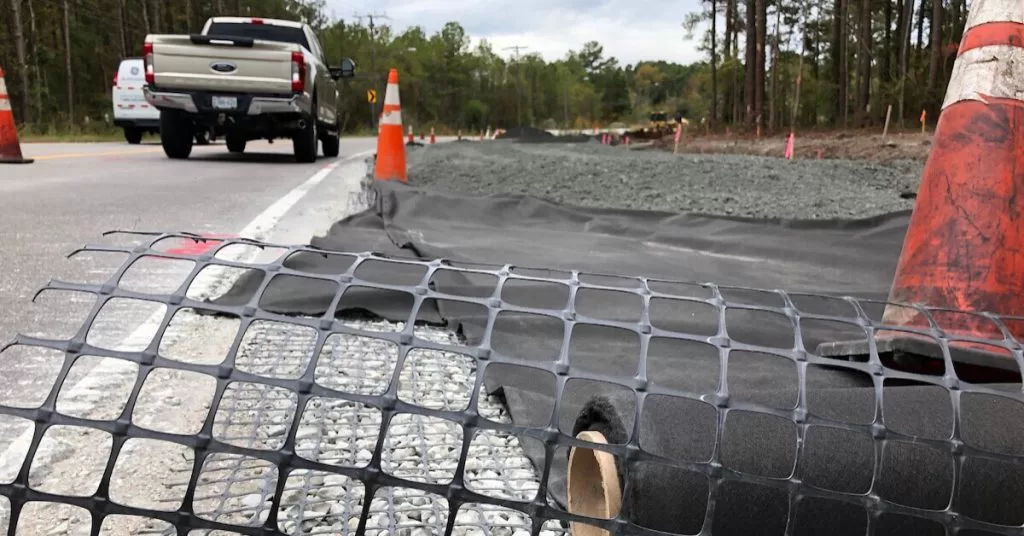
What Are Geogrid Landfill Berms?
Geogrid landfill berms are engineered earthen embankments reinforced with geogrid materials to optimize landfill performance, maximize airspace, and improve slope stability. Unlike traditional soil berms, geogrid-reinforced berms can accommodate steeper side slopes (up to 70° or more), significantly increasing landfill capacity without expanding the site footprint.
Key Features:
- Structural Reinforcement: Geogrids—typically made from high-strength polymers such as polypropylene or polyester—are installed in layers within the berm to form a mechanically stabilized earth (MSE) system.
- Optimized Space Usage: The reinforced structure allows vertical expansion of existing landfills, reducing the need for new sites and permitting more efficient waste placement.
- Flexibility in Design: These berms can be tailored to varying site conditions, including soft foundation soils or uneven terrain, through engineered soil-geogrid interaction.
- Accelerated Construction: Geogrid berms require fewer construction materials and often have shorter installation times than traditional berms using rigid structures or retaining walls.
By integrating geogrid technology, landfill operators can enhance slope performance, reduce environmental risks, and extend the operational lifespan of the facility—all while maintaining regulatory compliance and improving overall sustainability.
What’s The Role of Geogrids in Landfill Berms?
Geogrids play a critical role in landfill berm construction and maintenance by providing structural stability and longevity. Here are the key functions and their importance:
- Reinforcement: Geogrids are primarily used to reinforce the soil in landfill berms. They increase the soil’s strength and load-carrying capacity, allowing for steeper slopes and higher berms without risking collapse.
- Erosion Control: They help minimize soil erosion caused by water runoff and wind. By holding soil particles together and promoting vegetation growth on berms, geogrids reduce the amount of erosion and maintain the integrity of the landfill cover.
- Settlement and Stability: Geogrids distribute loads more evenly across the landfill, which reduces uneven settling and potential failure points within the berm structure. This is particularly important in waste disposal sites where differential settling can pose significant risks.
- Cost-Effectiveness: Using geogrids can reduce the need for more expensive traditional construction materials like concrete and steel. They are also quicker and easier to install, leading to faster project completion times.
- Environmental Protection: Geogrids contribute to environmental protection by securing the landfill cover layers, which prevent contaminants from leaching into the surrounding environment and mitigate the risk of slope failures that could expose waste.
In summary, geogrids are essential for ensuring the safety, stability, and sustainability of landfill berms, making them a crucial component in modern landfill engineering.
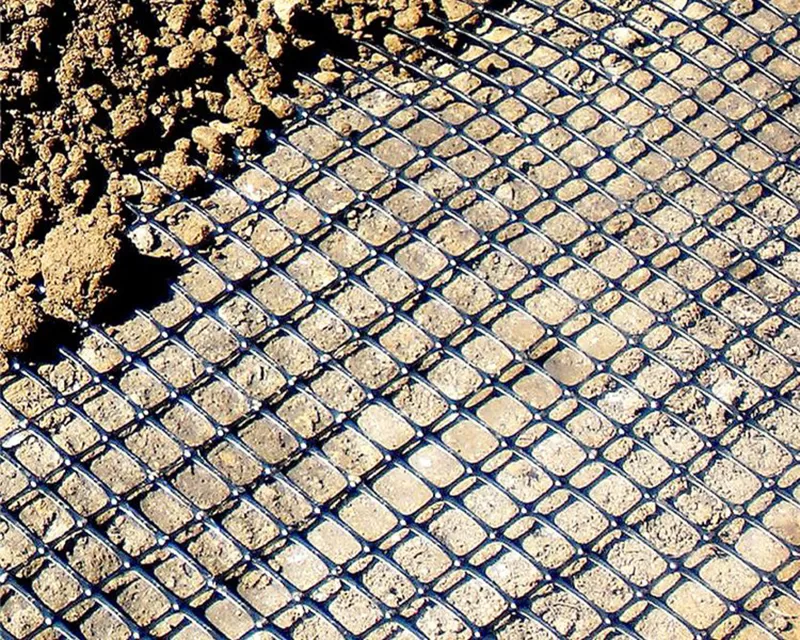
What are the Key Benefits of Geogrid Landfill Berms?
Geogrid landfill berms offer several key benefits, particularly in improving the stability, sustainability, and efficiency of landfill construction and maintenance. Here are the main advantages:
- Enhanced Stability and Strength: Geogrids provide significant reinforcement to landfill berms, enhancing their stability. They distribute loads more evenly, which reduces the risk of slope failure and soil movement over time.
- Improved Drainage: Geogrids facilitate better drainage by allowing water to flow through the berm structure, which helps prevent erosion and increases the berm’s overall durability.
- Long-Term Durability: Geogrids are made of strong, durable materials, such as polypropylene or polyester, which are resistant to environmental stressors like UV rays, temperature fluctuations, and chemical exposure. This extends the lifespan of landfill berms.
- Reduced Settlement: Using geogrids helps to control settlement, especially when dealing with soft or compressible soils. This ensures that landfill berms maintain their integrity over time without significant ground sinking.
- Environmental Benefits: By optimizing the structure of the landfill berm, geogrids can contribute to better waste management practices. They help in minimizing environmental impact by preventing soil erosion and controlling stormwater runoff.
How Do Geogrid Landfill Berms Contribute to Long-Term Sustainability in Waste Management?
Geogrid-reinforced landfill berms promote sustainability in waste management through several key advantages:
- Maximized Landfill Capacity: They allow for steeper slopes and more efficient use of existing space, reducing the need for new landfill sites.
- Reduced Carbon Footprint: Minimize the use of carbon-intensive materials such as concrete and steel, lowering greenhouse gas emissions.
- Material Efficiency: Require less fill and construction resources, promoting a more efficient and cost-effective design.
- Environmental Protection: Prevent leachate and contaminants from penetrating soil and groundwater, safeguarding local ecosystems.
- Durability and Low Maintenance: High-strength geogrid materials ensure long-term performance with minimal intervention, providing ongoing safety and sustainability.
Overall, geogrid-reinforced landfill berms represent a reliable, efficient, and eco-friendly solution for modern waste management, combining structural stability with environmental responsibility.
In the quest for sustainable waste management solutions, building geogrid landfill berms stands out as an effective approach. These engineered structures provide enhanced stability, reduced environmental impact, cost savings, versatility, and sustainability. By evenly distributing the load and reinforcing landfill berms, geogrids are helping to create a safer, more eco-friendly waste disposal process. As the world faces mounting waste challenges, geogrid landfill berms offer a promising and sustainable solution for the future.
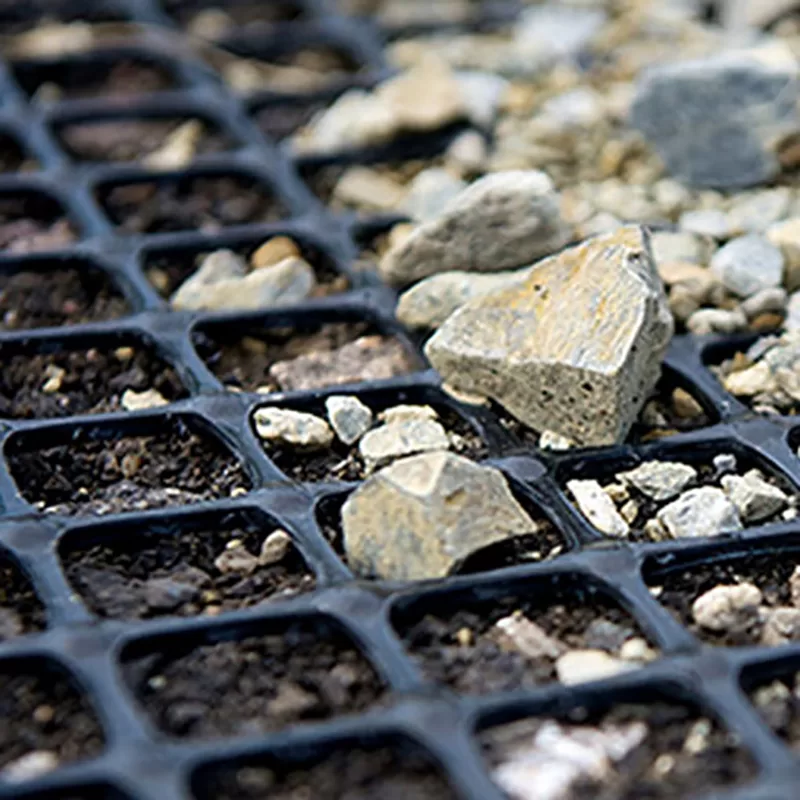
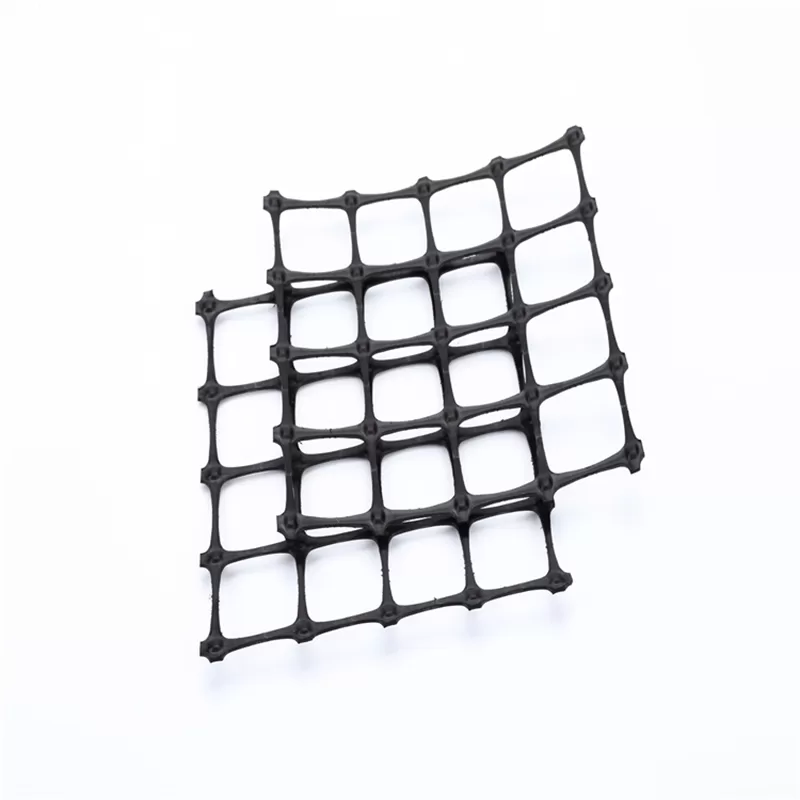
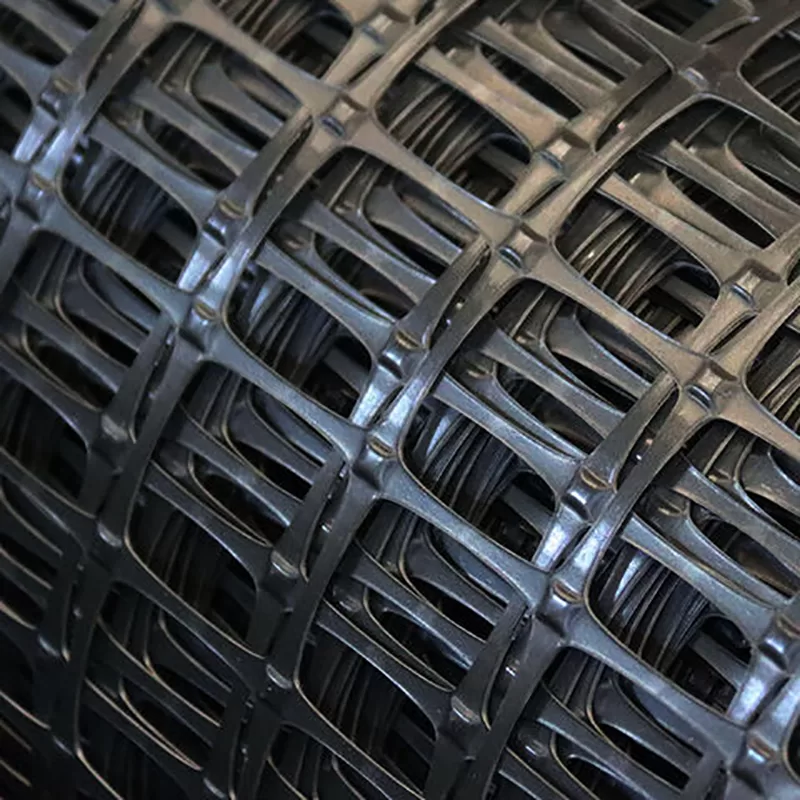
Get Free Sample
We’ll respond as soon as possible(within 12 hours)






















